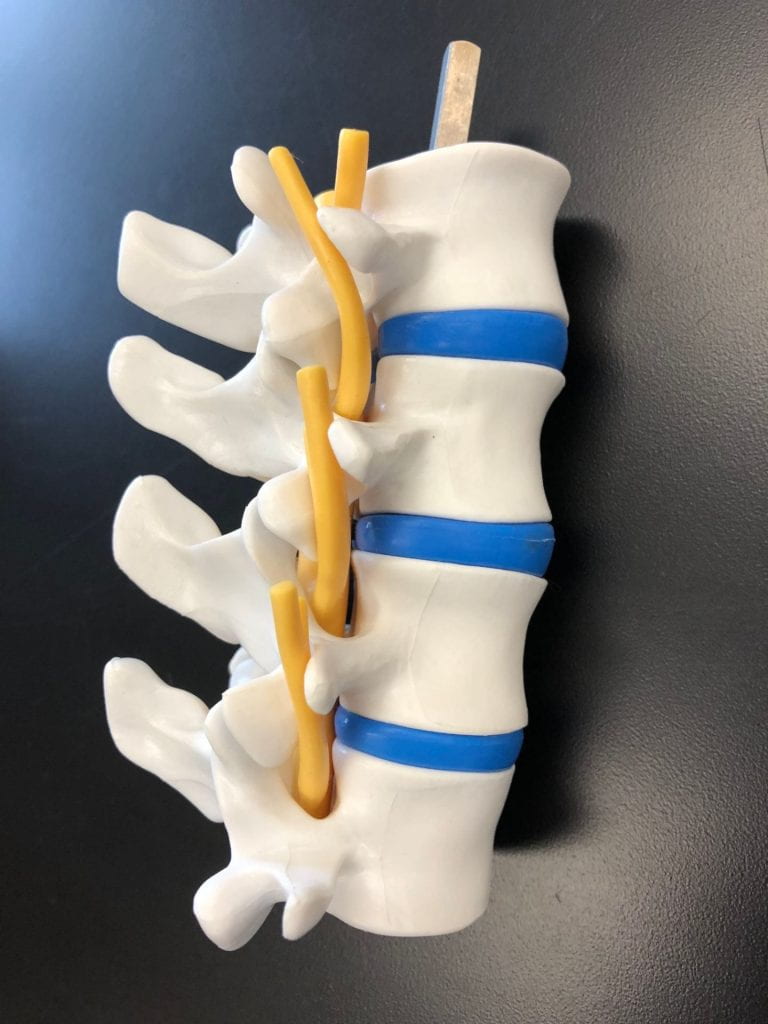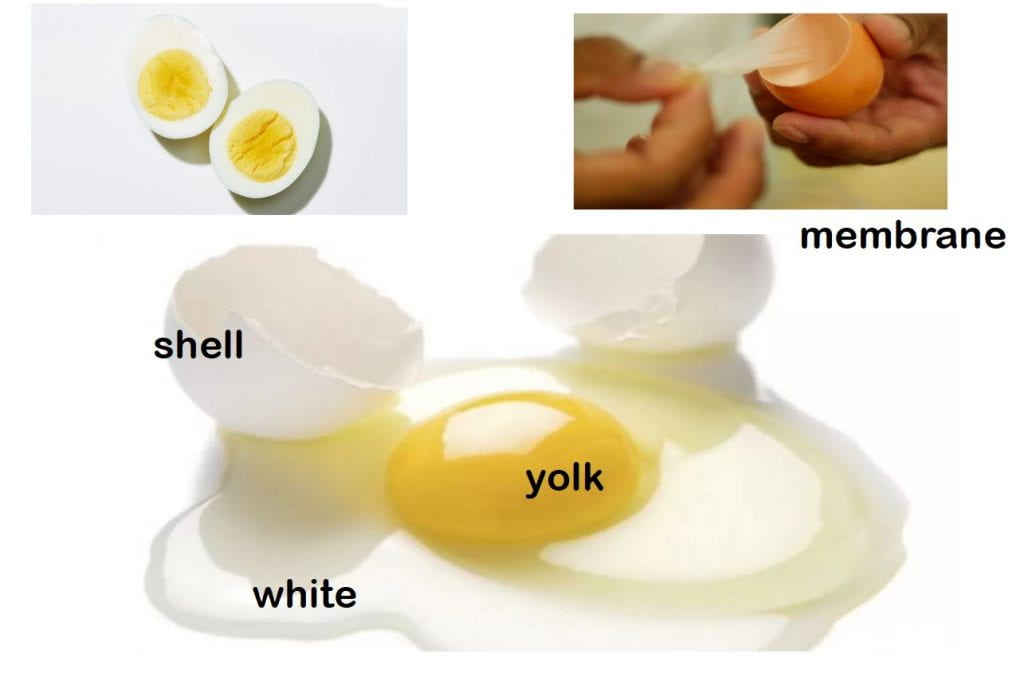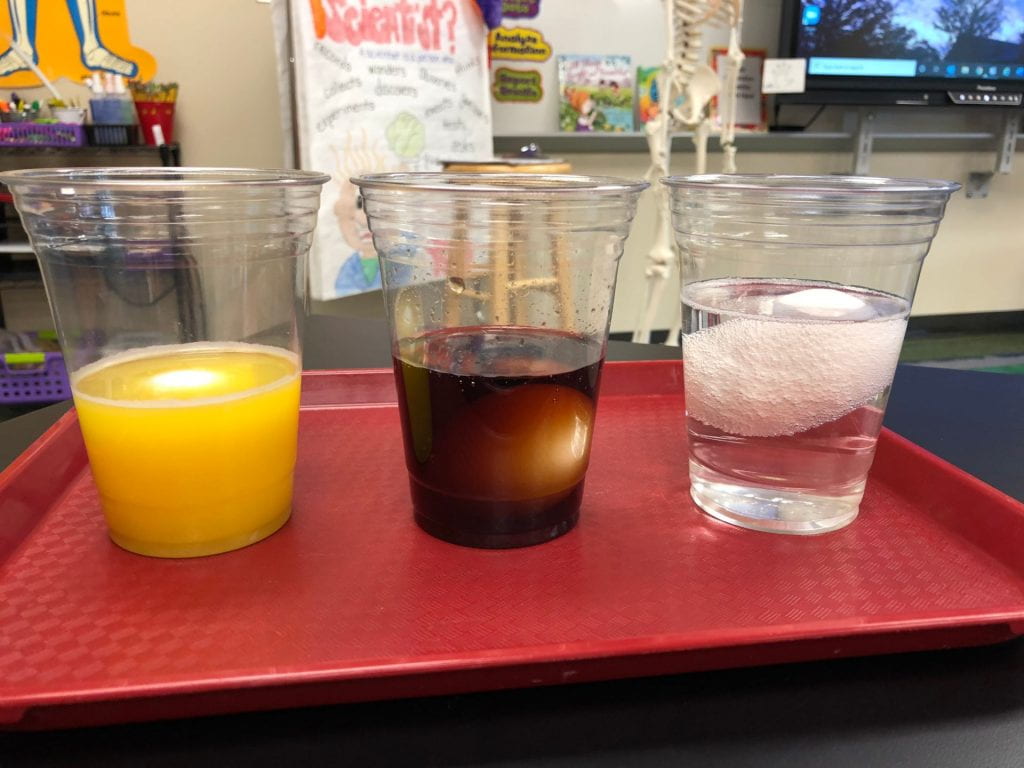Backbone
I introduced third grade’s vertebrate labs with a lesson about the backbone. All vertebrates have an internal skeleton and a backbone. We learned that the human backbone or spine consists of 33 interlocking vertebrae with different functions. Discs made of cartilage (flexible connective tissue) lie between the vertebrae to prevent them from rubbing against each other. They also serve as natural shock absorbers. The singular of vertebrae is vertebra.
The spine lets you twist and bend, and it holds your body upright. It also protects the spinal cord, a large bundle of nerves, that sends information from your brain to the rest of your body.
We made a make and take model of a backbone by threading a straw onto a pipe cleaner. We realized that this was not a desirable backbone because it did not bend. So, we cut the straw into pieces and put them on the pipe cleaner. Now, the backbone could bend, but the vertebrae were rubbing against each other. Finally, we placed beads (discs) between the vertebrae to cushion the vertebrae. A simple activity that illustrates the functional design of our backbone.
After reviewing the parts of an egg, we placed a raw egg in cups of vinegar, orange juice, and coke. Third grade biologists hypothesized what they believe will happen to each egg. Check back next week when we analyze our observations.



